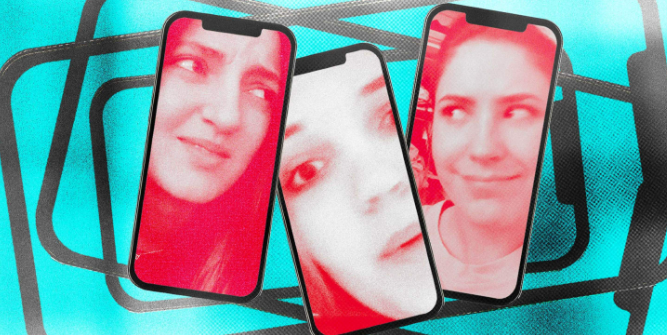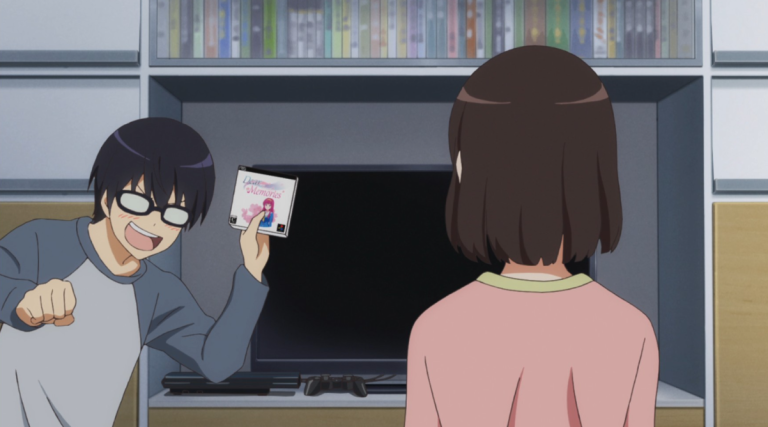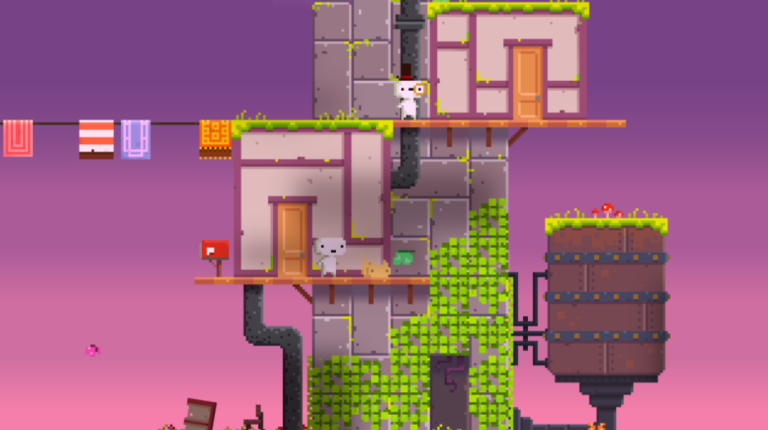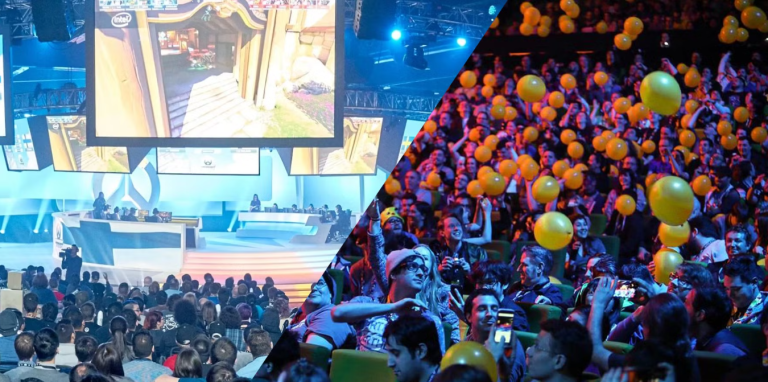
On a Friday night, Marianne logged into her favorite multiplayer shooter. She put on her headset, joined the team chat, and said a casual “Hi.” Almost instantly, laughter burst through the channel: “Whoa, we’ve got a girl! You better be our healer!” She didn’t reply. Just switched to mute. It wasn’t the first time—and she knew it wouldn’t be the last.
Video games are no longer just a boys’ club. Today, over 45% of gamers globally are women, and that number keeps rising. But with more female players joining the scene, interactions across genders have grown more complicated. The line between attraction and harassment gets blurrier every day, and tensions are rising.
Over the decades, female characters in games have often been shaped by the male gaze. Whether it’s Lara Croft’s impractical tomb-raiding attire or the high-heeled warriors of League of Legends, designers seemed to care more about sex appeal than realism.
In the ‘90s, when box covers featured bikini-clad women holding assault rifles, no one really questioned it. In fact, some players openly joked, “I bought it for her, not the story.”
But as online gaming became increasingly social, that old-school marketing tactic began to show its cracks. Games aren’t just about fun anymore—they’re about connection. And for many women, those connections are filtered through a defensive lens, as they brace for unwanted attention or subtle (and not-so-subtle) jabs.
Take Emily, for instance—a popular Twitch streamer with tens of thousands of followers. At first, fans loved her for her skill and witty banter. But gradually, her comment section took a turn. People started questioning if she dressed a certain way just to bait views. Some even spammed her with gifts, hoping it would buy them a private moment to flirt—or worse.
She began to wonder: Was she being too visible? Was just being a woman in the gaming space enough to turn her into a target?
The unfortunate reality is: yes. Even if you’re wearing a hoodie and no makeup, someone will find a way to objectify you. Studies show that in many mainstream online games, female players are significantly more likely to be verbally harassed—and the comments are almost always gendered. In contrast, men are usually criticized for their in-game performance, not their existence.
Of course, gender-based attraction in games isn’t inherently bad. In healthy, respectful environments, flirty exchanges or social bonding can be part of the fun. The real issue lies in consent and boundaries. When admiration turns into pestering, or compliments slide into objectification, the entire vibe of a game changes.
Remember that Overwatch incident a few years ago? A female pro player was ruthlessly mocked online for her “lackluster” performance. Some users even went as far as photoshopping and spreading fake nudes of her across forums. Beneath all the noise was a toxic belief: Women don’t belong in competitive gaming unless they’re exceptional—and even then, they’ll be judged more for their gender than their skill.
Fortunately, the tide is beginning to shift.
More game developers are introducing community guidelines, moderation tools, and even disabling anonymous voice chat in some titles. Companies like Riot and Blizzard have been slowly redesigning their characters to reflect a broader, more respectful range of gender expression—moving away from the stereotypical “hot but helpless” template.
And perhaps more importantly, gaming communities themselves are evolving. Female-led Discord groups and subreddits like r/GamerGirls are no longer just echo chambers for complaints—they’re becoming support hubs, tactical think tanks, and safe zones. Even many male players are reflecting on their past behaviors and adopting more empathetic, inclusive approaches to in-game communication.

Still, some folks ask: “Can’t we joke around anymore without getting canceled?” But this was never about banning jokes—it’s about reading the room.
Consider Animal Crossing: Some players like to gift flowers or write romantic letters to others in-game. If the other player responds warmly, a fun little friendship—or even romance—can blossom. But if someone clearly signals disinterest, and you keep showing up with unwanted gifts and messages, it stops being cute. It becomes creepy.
It’s not so different from real life. If you approach someone on the street and they take off their headphones to talk, great. If they speed up and look away, maybe don’t chase after them saying, “You’re kinda cute.” That’s not flirting. That’s harassment. The same social rules should apply to digital spaces too.
It’s 2025, and gaming culture isn’t isolated anymore. It’s part of our identity, our social fabric, and our public values. Gender inequality in games isn’t just “a women’s issue”—it’s a shared challenge that affects the entire gaming ecosystem.
Marianne still plays games. But now, she gravitates toward servers that value inclusivity and enforce community respect. She no longer just mutes the mic—she speaks up. “Please respect me as a player,” she says calmly. And many do.
The gaming world is evolving. Slowly, sometimes painfully—but it’s happening. And thanks to people like Marianne, Emily, and countless others who speak up and stay in the game, we’re learning that gender attraction doesn’t have to be a trap. It can be a bridge—if we learn where the boundary lies.
![]()


